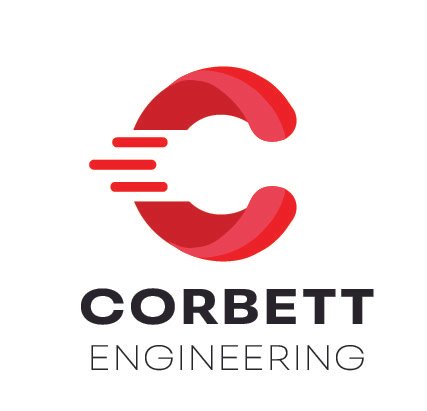Future Trends in High-Pressure Technology
As an engineer, you're always looking ahead—anticipating challenges, embracing new technologies, and pushing the boundaries of what's possible. High-pressure applications are no exception. Whether you're working in oil and gas, chemical processing, or any industry where pressure management is critical, staying ahead of the curve is essential. In this blog, we'll explore some of the emerging trends in high-pressure technology and how Corbett Engineering is leading the way with innovative solutions designed to meet the demands of tomorrow.
The Rise of Smart Pressure Systems
One of the most exciting trends in high-pressure technology is integrating intelligent systems. As the Internet of Things (IoT) continues to grow, so does the potential for pressure management systems that are not only responsive but also predictive. Imagine a pressure gauge that doesn't just monitor conditions in real-time but also analyzes historical data to predict potential issues before they happen.
What This Means for Engineers: Smart pressure systems can significantly enhance operational efficiency and safety. By providing real-time analytics and predictive maintenance capabilities, these systems reduce downtime and prevent costly failures. For engineers, this means more precise control over high-pressure environments and the ability to focus on optimizing performance rather than just troubleshooting problems.
How Corbett Engineering is Leading the Way: Corbett Engineering is at the forefront of developing intelligent pressure systems that integrate IoT capabilities with advanced sensor technology. Our systems are designed to provide continuous monitoring and automated alerts, helping you stay ahead of potential issues and keep your operations running smoothly.
Advances in Material Science
Material science is another area where significant advancements are reshaping high-pressure technology. New alloys and composites are being developed to withstand higher pressures and more extreme environments. These materials are stronger and more resistant to corrosion and fatigue, making them ideal for applications where traditional materials would fail.
What This Means for Engineers: Developing new materials opens up a world of possibilities for engineers. Once limited by its materials' strength and durability, the equipment can operate at higher pressures and in harsher environments. This enhances safety and allows for more efficient and cost-effective operations.
How Corbett Engineering is Leading the Way: At Corbett Engineering, we continuously explore the latest advancements in material science to incorporate into our high-pressure solutions. Our equipment uses cutting-edge materials that offer superior performance, ensuring you have the tools to tackle even the most demanding applications.
Miniaturization of High-Pressure Equipment
As industries demand more compact and portable solutions, the trend toward miniaturization is gaining momentum. High-pressure equipment that was once bulky and cumbersome is now designed to be smaller, lighter, and more efficient. This trend is significant in applications where limited space or mobility is a crucial factor.
What This Means for Engineers: Miniaturization offers engineers greater flexibility in design and deployment. Whether you're working in tight spaces or need equipment that can be easily transported, smaller, more efficient high-pressure systems make it easier to meet the specific needs of your projects.
How Corbett Engineering is Leading the Way: Corbett Engineering is pioneering the development of miniaturized high-pressure equipment that doesn’t sacrifice performance for size. Our compact solutions are designed to deliver the same reliability and precision as more extensive systems, allowing you to achieve more in less space.
The Move Toward Sustainability
Sustainability is no longer just a buzzword—it's a driving force behind many innovations in high-pressure technology. As industries strive to reduce their environmental impact, there is a growing demand for equipment that is not only efficient but also eco-friendly. This includes everything from reducing energy consumption to using recyclable materials.
What This Means for Engineers: For engineers, the shift toward sustainability means designing systems that minimize waste, reduce emissions, and operate more efficiently. Sustainable high-pressure solutions can help companies meet regulatory requirements, improve their public image, and reduce operating costs.
How Corbett Engineering is Leading the Way: Corbett Engineering is committed to sustainability, and we’re integrating this principle into every aspect of our high-pressure solutions. From energy-efficient designs to the use of environmentally friendly materials, our products are engineered to support your sustainability goals without compromising on performance.
The Future of High-Pressure Technology with Corbett Engineering
As you look to the future, it’s clear that the landscape of high-pressure technology is evolving rapidly. From intelligent systems and advanced materials to miniaturization and sustainability, industry trends offer exciting opportunities for innovation and growth.
At Corbett Engineering, we're not just keeping up with these trends but leading the way. Our commitment to innovation means we're always exploring new technologies and developing solutions that anticipate the needs of tomorrow. Whether facing today's challenges or planning for the future, you can trust Corbett Engineering to provide the tools and expertise you need to stay ahead.
Visit our comprehensive resource for engineers to learn more about our cutting-edge high-pressure solutions and how they can support your operations.

